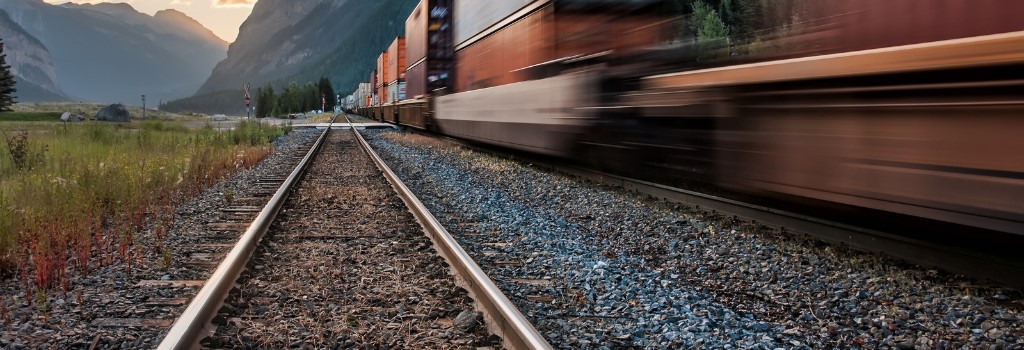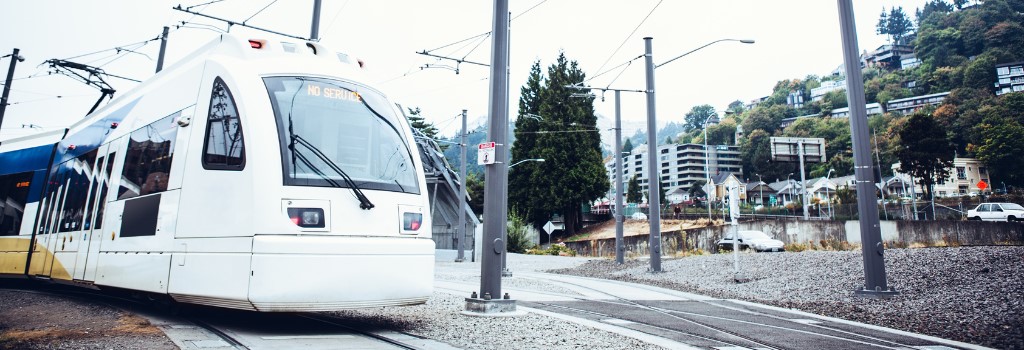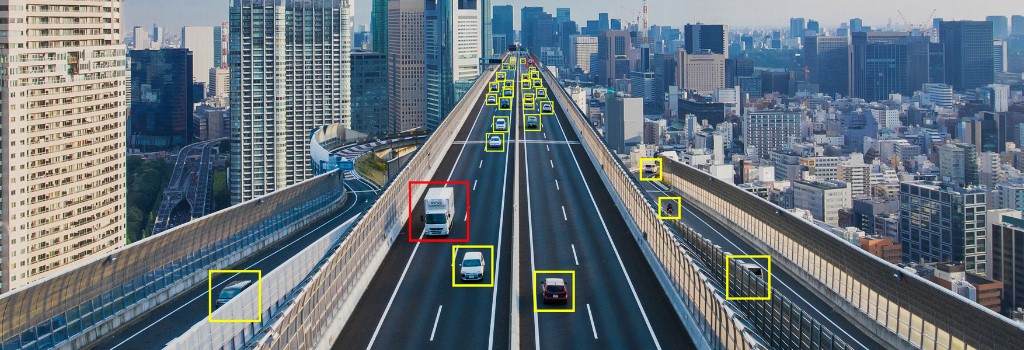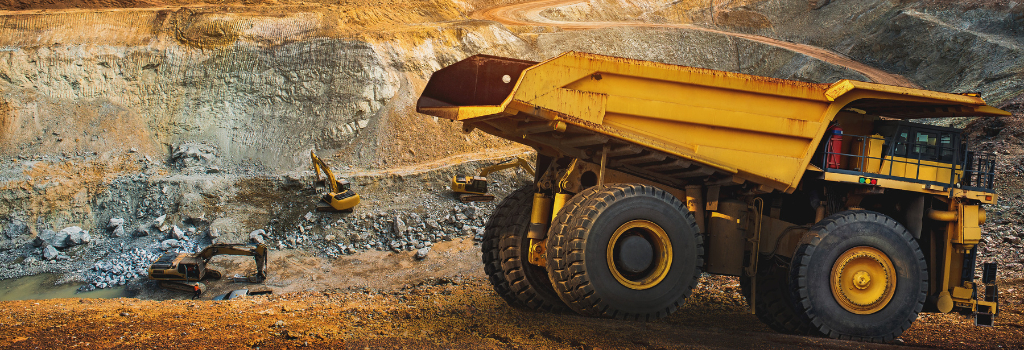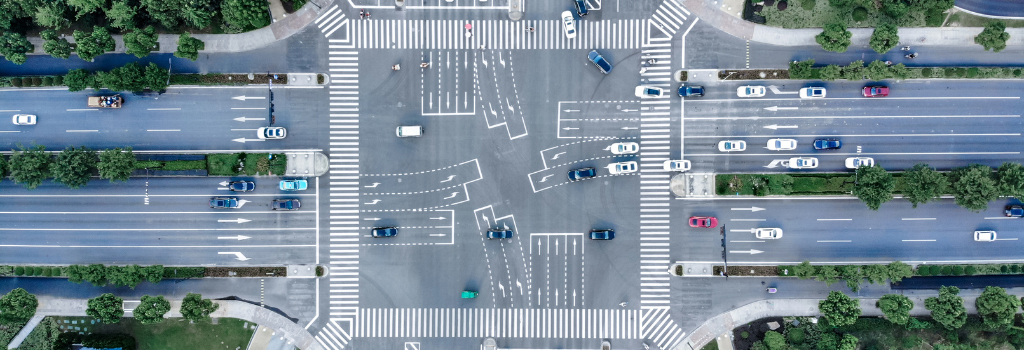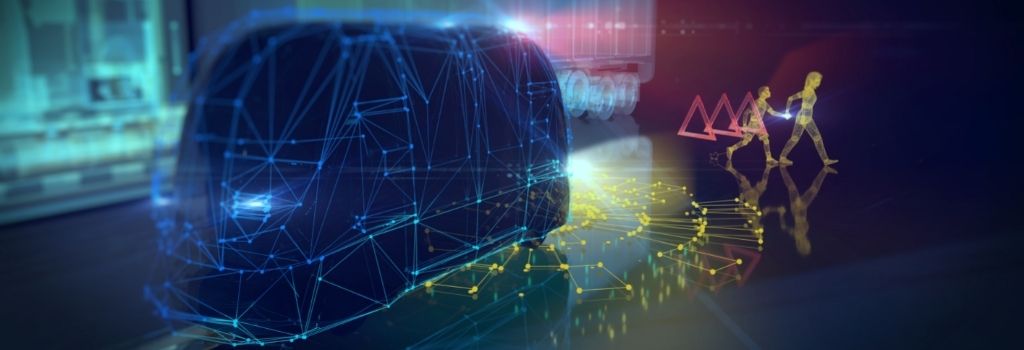Transportation
Rail Obstacle Detection refers to the process of alerting railway operators about obstacles or obstructions present on the railway tracks. These obstacles can range from debris and fallen branches to unauthorized vehicles or individuals trespassing on the tracks.
Подробнее: Real-Time Obstacle Detection Over Railway Track with In-Train Edge AI Appliance
We will be reviewing a machine vision system for light rail collision avoidance. This solution allows a light rail to avoid unexpected obstacles down the rail and reduce the chances of a collision. It uses an onboard industrial-grade edge AI appliance EAI-I130 provided by Lanner, capable of running MV models onboard. This appliance brings machine vision capabilities as close as possible to the light rail, allowing data captured by sensors to be processed right on-site.
Подробнее: Machine Vision for Light Rail Collision Avoidance
Continuous surging growth in urban populations creates a demand for urban mobility, a greater demand for faster traffic flow, improved public safety, and more innovative transportation. A good urban traffic management network will not only improve traffic safety and boost local economies, but it will also improve public health and protect the environment.
Подробнее: Enhancing Urban Traffic Management with Rugged Edge AI Roadside Unit
Countless mines worldwide are already deploying autonomous driving mining vehicles to improve productivity and safety. In this post, we will review an autonomous driving vehicle solution that relies on different components, including in-vehicle computing, devices, networks, and the cloud.
Boats and ships traveling offshore usually have limited access to fast Internet connections. Without fast internet, they can’t benefit from what cloud computing has to offer, including data analytics and AI/ML technologies. But now, thanks to edge computing and improvements in wireless communications, the maritime industry is starting to introduce words like “smart” and “autonomous” into their dictionaries— you’ll now hear: smart boats, autonomous ships, etc.
Traffic systems rely on all kinds of sensors and IP cameras to gather real-time information from the field regarding traffic flows and congestions. Such information could be used to control traffic lights, information displays, video cameras, actuators, or simply to monitor traffic flows.
Intelligence (AI) and Machine Learning (ML) technology is undoubtedly the best path to efficient and precise autonomous driving systems but also one of the most challenging. The traditional in-vehicle technology doesn't have the necessary capacity to perform high processing workloads, especially intensive AI and ML decision-making.






